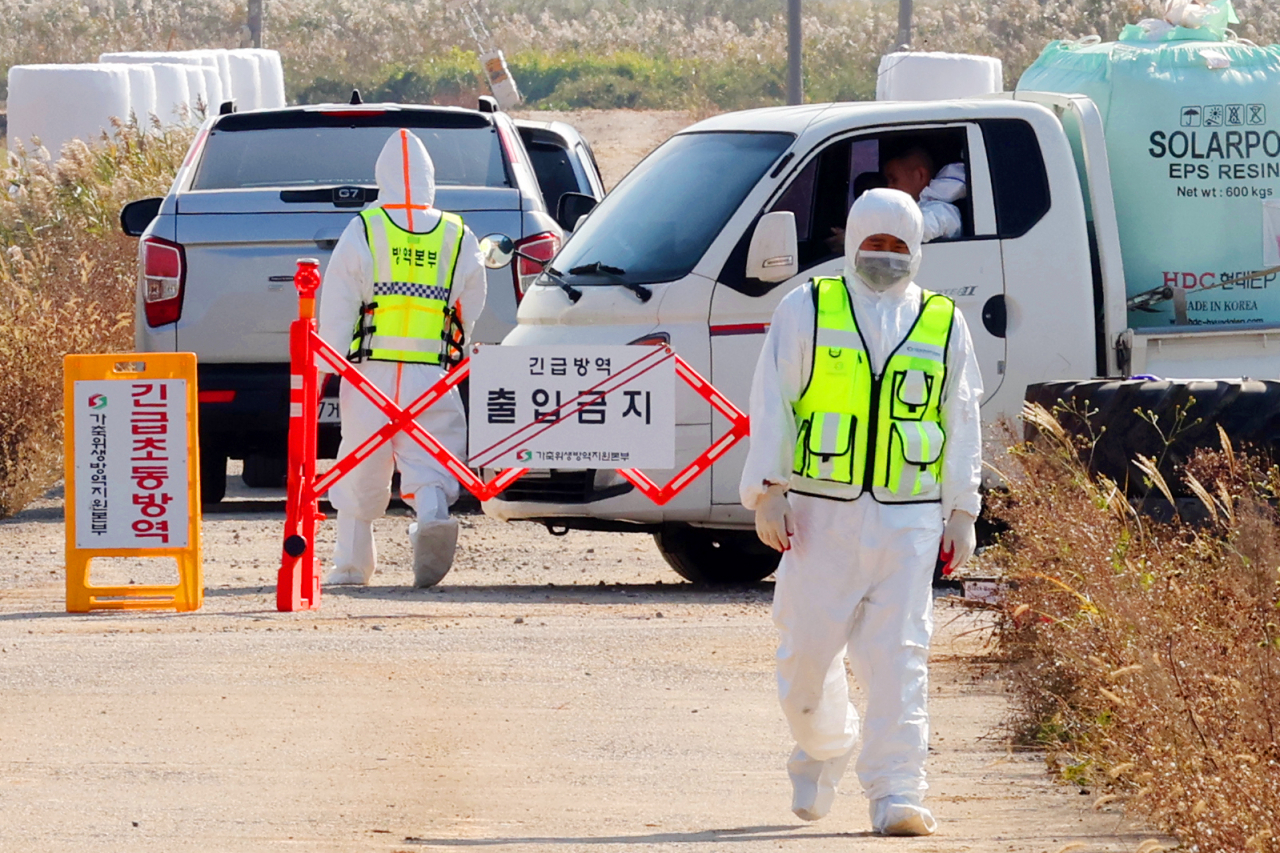[KH Explains] Can humans catch lumpy skin disease?
The disease only spreads among cows, according to experts
By Lee Jung-younPublished : Oct. 30, 2023 - 15:22

Despite efforts being made by South Korean cattle farmers and the government to contain the outbreak of lumpy skin disease, concerns are growing over the contagious viral infection. Authorities and officials stressed that the disease does not affect the human body, assuring consumers that all food products related to cattle are safe.
As of Monday morning, a total of 61 cases of lumpy skin disease were reported since the first case was confirmed on Oct. 20 in Seosan, South Chungcheong Province. A total of 4,107 cattle raised in the farms have been disposed or are scheduled to be destroyed within Monday, according to the Ministry of Agriculture, Food and Rural Affairs. Tests are also underway on four suspected cases.
South Korea experienced several contagious diseases on livestock, including foot-and-mouth disease, avian influenza, and African swine fever, but it is the first time to deal with lumpy skin disease.
"Lumpy skin disease is not a disease that is transmitted to humans," confirmed Kim Jung-joo, director of the Agricultural Ministry’s Quarantine Policy Bureau, to the Korea Herald.
"Even if one consumes meat or milk from an infected cow, it will not affect humans. However, in the first place, there is no danger that consumers might eat the contaminated food as all cattle and cows exposed to the virus are strictly being destroyed,” said Kim.
Kim also emphasized that unlike foot-and-mouth disease and avian influenza, which can be spread through air, the lumpy skin disease only spreads through contact with contaminated animals, its secretion or through blood-feeding insects.
"Lumpy skin disease is transmitted when other cows are exposed to saliva, blood, or tears of infected cows."
The virus does not impact any livestock other than cattle and buffalo, added Kim. The World Organization for Animal Health also confirmed that even sheep and goats are not affected by the virus.
While assuring the safety of cattle-related products, the Korean government is also accelerating the vaccination of every cow in the country. As of Monday morning, vaccines for 2.43 million cattle have been distributed to local governments, and with an additional 2.1 million vaccines due Tuesday, all local governments nationwide will receive enough vaccines by Wednesday, said Kwon Jae-han, head of the Agricultural Innovation Policy Office under the Agricultural Ministry, in a briefing Monday.
The government plans to complete vaccinations by Nov. 10, he said.
Kwon called for cattle breeders to take caution and control the blood-feeding insects even after the vaccination, as there is a possibility of additional infection until the antibody formation period, which is a maximum of three weeks.
Lumpy skin disease is an endemic disease that was first observed in Zambia in 1929, and is characterized by high fever and small lump-like skin tubercles. It began to spread to the Middle East, southeastern Europe and Central Asia in around 2012 and has occurred in Asia, including Southeast Asia, since 2019.
Related ministries are investigating several possibilities of how the virus came into the country. Blood-feeding insects such as mosquitoes from abroad might have carried the virus with them through ships coming from abroad.



















